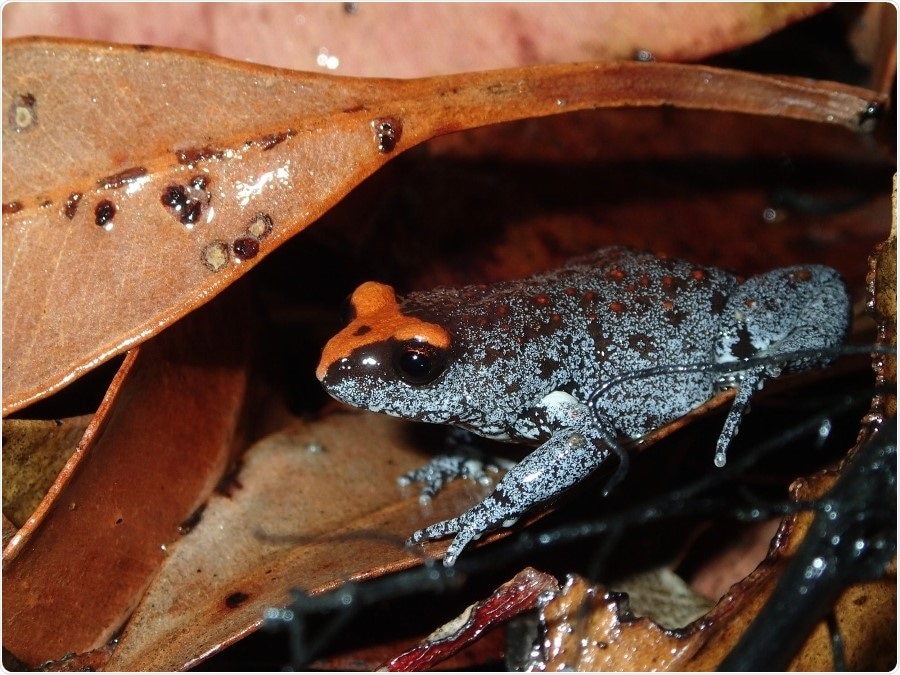Australian Museum (AM) citizen science projects FrogID and DigiVol’s Wildlife Spotter have broken new records during the COVID-19 pandemic, as people become involved from their homes and backyards.

FrogID’s 200,000 validated frog record, the threatened Red-crowned Toadlet (Pseudophryne australis) Image Credit: Jodi Rowley
This month, the Australian Museum’s FrogID program surpassed 200,000 validated frog records. The incredible milestone was reached with the recording of the threatened Red-crowned Toadlet (Pseudophryne australis), documented by a citizen scientist in southern Sydney named Tom.
Frogs are one of the planet’s most threatened groups of animals and are often an indicator of environmental health. FrogID is a citizen science project that enables anyone to record and upload frog calls, along with time and location data, using a free app. More than 30,000 people across Australia are currently registered with FrogID.
It’s incredible that since launching FrogID just under three years ago, we’ve been able to work with thousands of citizen scientists to record and validate more than 200,000 frog calls. The data collected from these recordings will help us understand the distribution, habitat and conservation needs of this incredibly significant animal group, as well as monitor the health of our ecosystems. I’d like to thank everyone who has helped us reach this exciting milestone and encourage even more people to get involved by downloading the free app,”
Dr. Jodi Rowley, Chief Scientist, FrogID
FrogID is not the only Australian Museum citizen science program that’s seen an uptick in participation this year. DigiVol’s Wildlife Spotter project has also seen a huge increase in activity during the COVID-19 pandemic. This program engages citizen scientists in identifying wildlife in camera trap images from across Australia, without leaving home.
This year, citizen scientists have transcribed nearly 2.4 million animal identifications in images on DigiVol’s Wildlife Spotter. In June alone, volunteers completed more than 500,000 transcriptions. This information will help Australian researchers monitor and protect Australia’s iconic wildlife.
Citizen science is important work that makes a difference. I’m proud that the Australian Museum established the Centre for Citizen Science, helping engage the public to make meaningful contributions to science through programs like FrogID and DigiVol’s Wildlife Spotter. I hope we will continue to see more people participate and become citizen scientists, ultimately helping us make positive changes for the environment.”
Kim McKay AO, Director and CEO, Australian Museum
Anyone can become a citizen scientist. On 15 August, the start of National Science Week, the Australian Museum partnered with the Royal Botanical Garden in Sydney to launch the Sydney Science Trail, which will run through 15 September. This series of free, virtual events and interactive learning activities will help inspire the scientist in everyone.